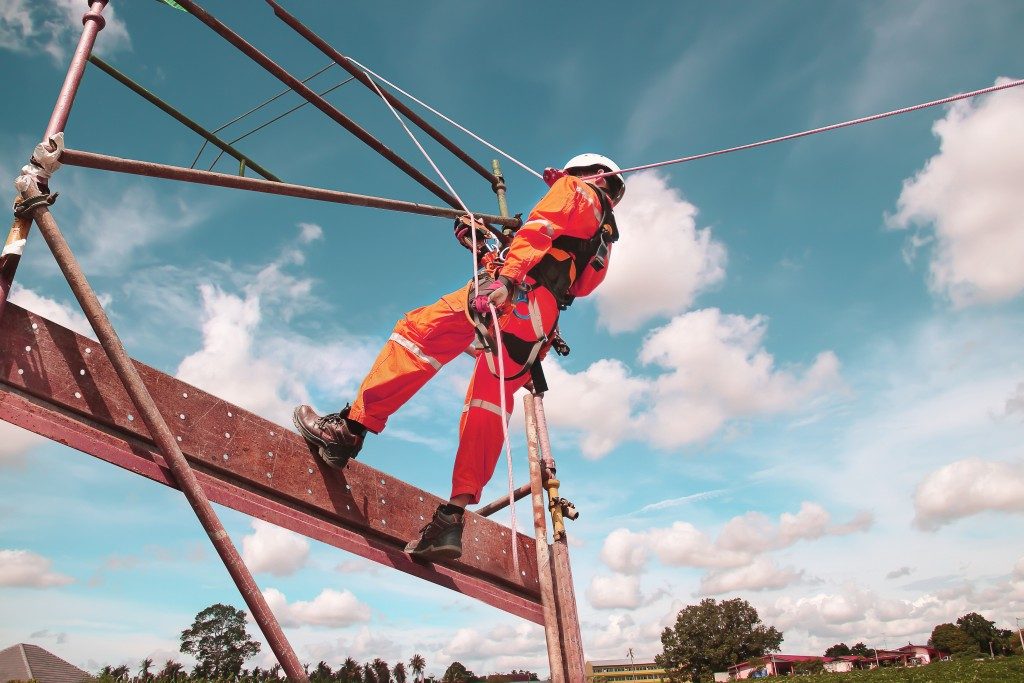Every day, researchers and lab technicians face a variety of risks working in clinical laboratories. Keeping the lab environment hygienic and safe is essential to avoid chemical accidents and prevent outbreaks of infectious diseases through cross-contamination.
When laboratories are not adequately maintained and cleaned, cases of laboratory-acquired infections (LAIs) and other laboratory injuries can arise. According to Bio Safety, LAIs are all infections acquired through laboratory or lab-related activities, which can be both symptomatic and asymptomatic. They can be acquired by occupational exposure to infectious agents through inhalation, contact, and ingestion.
Here are two simple ways to ensure safety and sanitation in a laboratory.
Disinfect and organise regularly
A clinical lab is home to expensive and sophisticated equipment and quantities of medical supplies, so keeping the space organised and hygienic creates a safer and more efficient workspace. To identify potential safety hazards, lab directors hold a lab inspection.
Standard operating procedures are designed to achieve government safety regulations and need strict implementation. Basic requirements include disinfection of the lab equipment and instruments used during the day, and removing contaminants and other spills to keep the area germ-free. Cleaning and organising lab freezers and refrigerators should also become routine. Methods of disinfection vary depending on the equipment or specimens used, and it’s important for people working in the lab to know the differences. Procedures and safety equipment for emergencies, such as accidents involving chemicals and biohazardous materials, need to be clearly identified and training given to staff.
When organising the laboratory, consider the changes that can occur with the addition of new equipment and movement of old lab supplies. A typical example is organising the storage of samples and specimens. Disorganised Lab freezers, filled with duplicate, expired, unlabelled or unneeded samples and other forgotten materials, can unnecessarily restrict a researcher’s work. These changes can have implications for lab safety and equipment availability. If it is not possible to implement improvements after work hours, be prepared to transfer materials to storage and shut the lab.
Practice proper waste management

The Australia government has a strict policy regarding disposal of hazardous medical waste. Hospitals with over 40 patients and pathology labs must be licenced to produce medical waste under the Environmental Protection Act of 1993. Other smaller medical and veterinary practices are regulated by the Environmental Protection (Waste to Resources) Policy of 2010. Previously, all medical waste required incineration, but now the Environmental Protection Agency can approve alternative ways for disposal. These materials require separate disposal from other office and clinical rubbish. Improper waste management by laboratory staff can be dangerous and even fatal. Standard operating procedures need enforcing for the safe disposal of lab waste, such as Petri dishes, syringes, needles, cotton swabs, and wipes. The disposal units for clinical waste are labelled, and colour-coded for infectious waste, blood products, expired and hazardous drugs.
Working in a medical laboratory involves complex procedures with hazardous materials, making it challenging to maintain a safe working environment. With trained staff following standard procedures and safety protocols, a safe and sanitised clinical laboratory is achievable.

